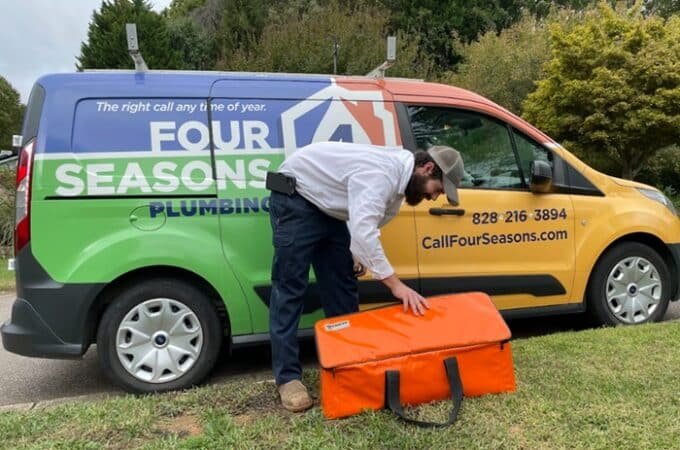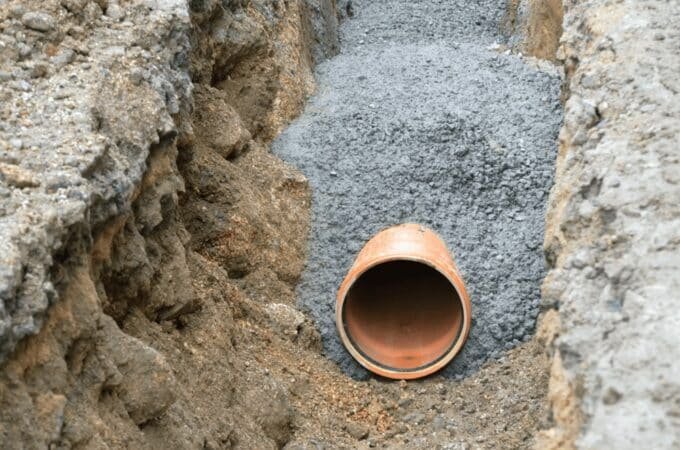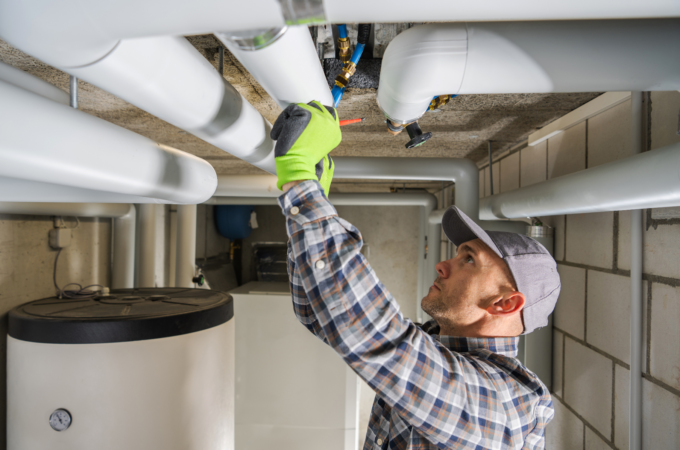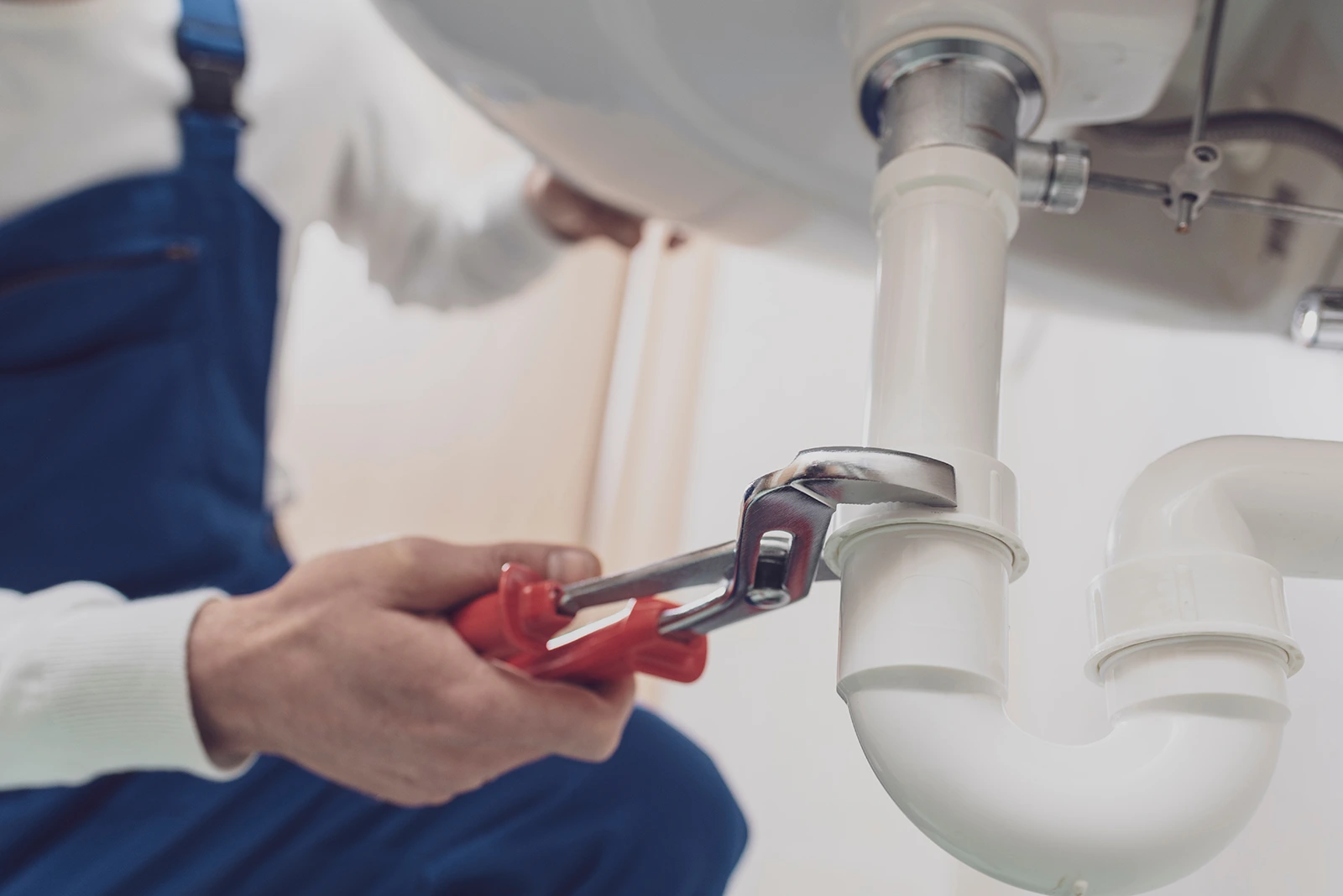
Save Yourself from Soaking: An At-Home Guide to Plumbing Repair (and When to Hire Experts)
The pitter-patter of a rainstorm on your roof is calming, but the pitter-patter of a leaky faucet can be a source of annoyance and wasted water. Plumbing problems, from minor drips to major clogs, are inevitable in any home. But before you call in the professionals (and pay the hefty bill!) consider tackling some basic repairs yourself
With the details along with tools in this article, you can handle basic plumbing problems. Nevertheless, it’s necessary to know what your limits are. We’ll also point out situations in which it may make greatest interest to reach out to an authorized plumber.
Table of Contents
ToggleYour DIY Plumbing Arsenal:
- Plunger: The main circuit defense against clogged drains.
- Adjustable Wrench: Gently loosen or tighten tenacious bolts.
- Flathead and Phillips screwdrivers: Used for a variety of jobs, like taking out drain covers and tightening faucet knobs on them.
- Bucket: For removing drips and dirt during repairs.
- Plumber’s tape: closes links to stop leaks.
- Flashlight: Provide brightness in the dark areas beneath appliances and under sinks.
- Clogged Drain: A plunger is your primary line of defense. If it fails to work, mild blockages are often cleaned with a vinegar and baking soda mixture. To remove deeper clogs, a plumbing snake, which can be easy to find in hardware retailers, might be necessary.
- Leaky Faucet: In general, it’s the outcome of an overused washers or an O-ring. Once the water supply is cut off, dismantle the handle on the faucet and apply a versatile wrench and screwdrivers to fix the damaged parts. A majority of local hardware shops carry faucet repair kits which include these items.
- Running Toilet: The flapper valve in the tank might be worn or damaged, causing a continuous flow of water. Replacing the flapper is a simple fix. Check your toilet model for specific instructions.
- Low Water Pressure: This could be caused by mineral buildup in the faucet aerator. Simply unscrew the aerator and clean it with vinegar or a wire brush.
When to Call in the Plumbing Cavalry:
While DIY solutions can work for some issues, there are times when calling a licensed plumber is the best course of action. Here’s when to wave the white flag:
- Hidden Leaks: Suspect a leak behind walls or under floors? Don’t risk further damage. A plumber has the tools and expertise to locate and fix hidden leaks.
- Burst Pipes: This is a plumbing emergency! Shut off the water supply immediately and call a plumber to minimize water damage.
- Extensive Leaks: For large leaks that require soldering, pipe replacements, or major repairs, leave it to the professionals.
- Gas Line Issues: Suspect a gas leak (smell like rotten eggs)? Evacuate immediately and call the gas emergency line. Never attempt to fix a gas leak yourself.
- Water Heater Woes: Water heaters are complex appliances. For repairs, replacements, or complex troubleshooting, call a qualified plumber who specializes in water heaters.
Finding Your Perfect Plumbing Partner:
If your DIY skills aren’t up to the task or the problem requires a professional Plumber Service, choosing the right plumber is crucial. Here are some key factors to consider:
Licensing and Insurance: Ensure they hold the necessary licenses to operate in your area and have proper liability insurance.
Experience Matters: Choose a plumber who has experience with your specific plumbing system and the type of service you need.
Reputation Reigns Supreme: Read online reviews, ask for recommendations from friends or neighbors, and check their ratings with organizations like the Better Business Bureau (BBB) if applicable in your location.
Upfront Pricing: Always get clear quotes before any work begins. This helps you budget and avoids






